- Homepage
- Aval-Poha-Rice flakes recipes
- Gojjavakki-Huli avalakki-Tamarind poha
Huli avalakki - Gojjavalakki
Tamarind poha recipe
Breakfast recipe from Karnataka
Huli avalakki - Gojjavalakki or Tamarind poha recipe is a breakfast recipe from Karnataka. As a rice flakes recipe, it is also made on festival or fasting days.
This tamarind poha is also served to devotees in temples on festival days such as Ramnavami, which is celebrated nine days after Ugadi, the new year.
'Huli' means 'sour' in Kannada language, which is the language of
Karnataka. 'Avalakki' means 'poha, beaten rice, flattened rice, pressed
rice'.
We use tamarind as a souring agent in huli avalakki/gojjavlakki. My family likes it too. So I make it often. Sometimes for breakfast or as a filling evening snack.
This gojjavlakki poha may be served at room temperature, so you can take it for lunch or a picnic too. Without adding fresh coconut, it stays good for 2-3 days so it is good for long train journeys too.
How to make Huli avalakki - Gojjavalakki Tamarind poha
Ingredients for spicy Huli avalakki - Gojjavalakki Tamarind poha
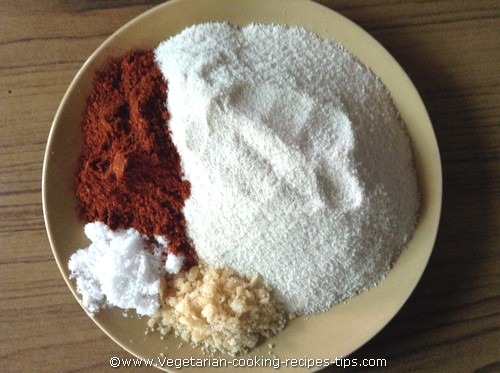
- Thick or medium poha (aval - beaten, pressed, flattened rice) - 1 1/2 cups
- Rasam powder -1 tbsp or more, according to taste.
- Dry tamarind (imli, chinch, hunsehannu) - a lime sized ball or ready tamarind paste as needed.
- Salt - 1 teaspoon or to taste.
- Jaggery (gud) - 1 tbsp or according to taste.
- Water - 1 cup or as needed.
- Fresh grated coconut or dry grated coconut - 2-3 tbsp
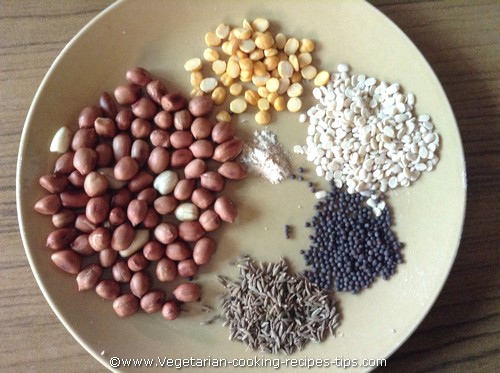
Tempering Ingredients:
- Vegetable oil - 2 / 3 tablespoons.
- Mustard seeds - 1/4th spoon
- Cumin seeds - 1/4th spoon
- Raw peanuts - 1 tbsp
- Curry leaves - 8-10
- Urad dal - 1 tsp
- Chana dal - 1 tsp
- Asafotida (hing) - a big pinch
- Grinding aval-poha - Dry grind aval to a find powder. You may sieve it after grinding to make sure that it is ground evenly. I do not usually sieve it. Keep aside.
- Getting tamarind extract - Take tamarind in a small bowl. Add some warm water and keep aside for some time. Get extract from tamarind. Use as much as necessary in this recipe. Skip this step if you are using store bought tamarind paste/extract.
Preparation for Huli avalakki - Gojjavalakki - Tamarind poha:
- Take the tamarind extract in a large bowl. Add 1/2 cup water.
- Add salt, jaggery and rasam powder to tamarind mix. Stir till salt and jaggery dissolve.
- Add
the aval powder and mix well. The ground poha will absorb the water
immediately. Add a little more water if needed. But not too much. The
mixture should be semi dry after soaking.
- Keep aside for about 10-15 minutes. Longer is ok.
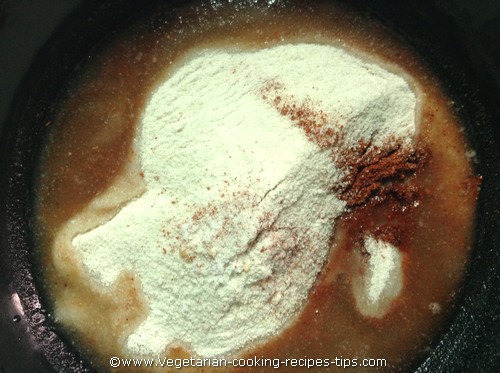
- Mix the soaked poha powder. If it has formed into lumps, break them with your fingers.
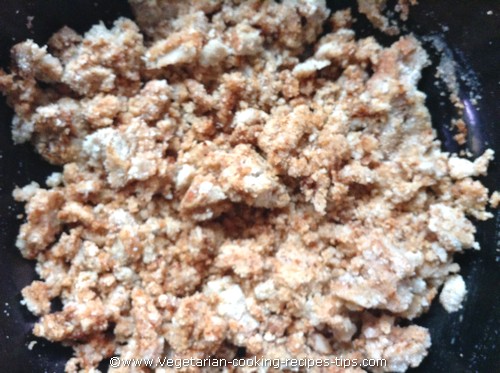
Making Huli avalakki - Gojjavalakki or Tamarind poha:
- In
a deep pan, heat oil.
- Add mustard seeds, cumin seeds to the hot oil.
- When they crackle, add peanuts and fry for a few seconds till you get the fried peanut aroma.
- Add chana dal and urad dal and fry for a few seconds. Do not let it brown too much.
- Add curry leaves and hing (asafotieda), fry for a few seconds. Add turmeric powder.
- Add the soaked aval powder to the pan on the stove. Mix well and cover with a lid.
- Keep covered for 2-3 minutes. Stir in between.
- Sprinkle a little water if you find the mixture too dry to your taste.
- Cover again and keep for another 2-3 minutes.
- Add grated coconut, chopped coriander leaves. Mix well and take off the stove.
Serve for breakfast or a snack.
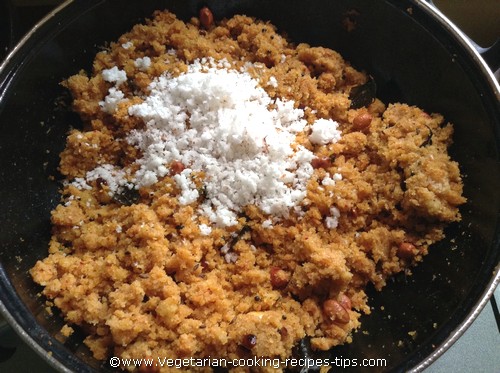
Tips
- You may use the ready tamarind paste instead of getting tamarind extract.
- You may add a teaspoon of ghee in the end along with grated coconut. This enhances the flavor and the taste too.
- Balance the sourness of tamarind, sweetness of jaggery and spiciness of rasam powder according to your taste.
- You may use desiccated coconut instead of fresh coconut.

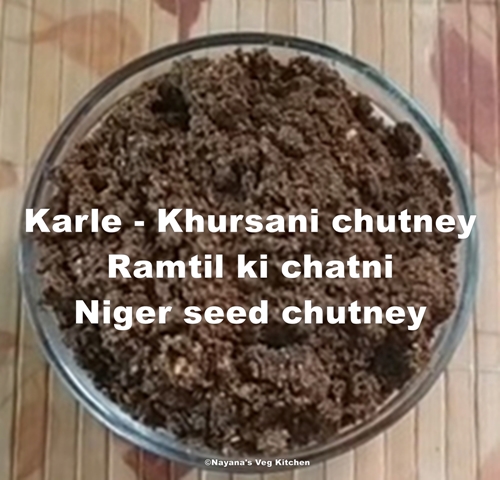
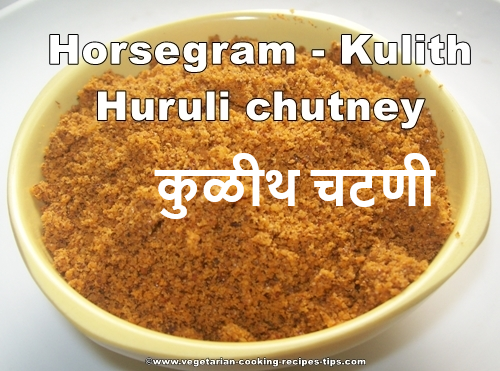
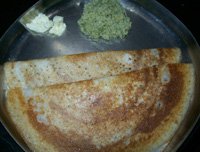
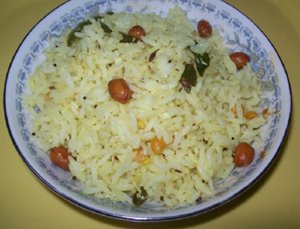
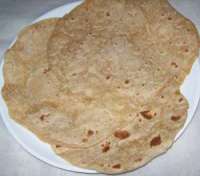
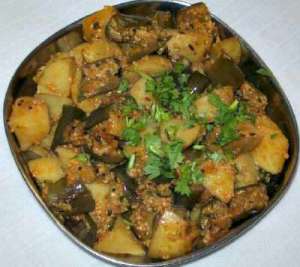
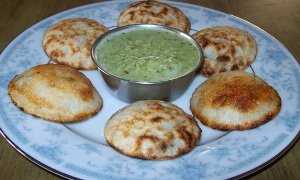
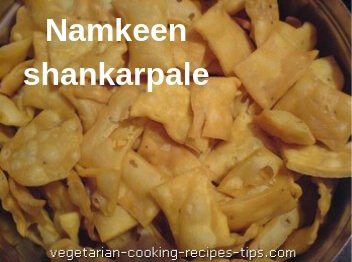
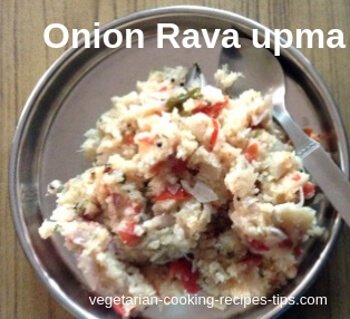

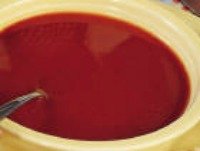
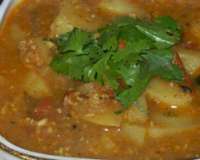

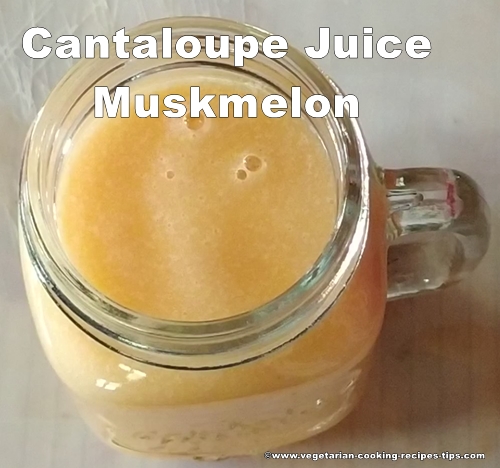


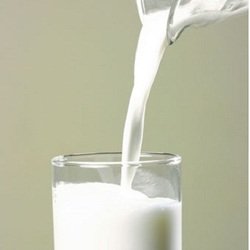
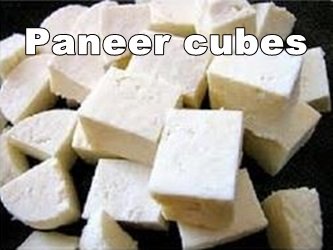
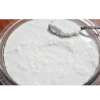

New! Comments
Have your say about what you just read! Leave me a comment in the box below.